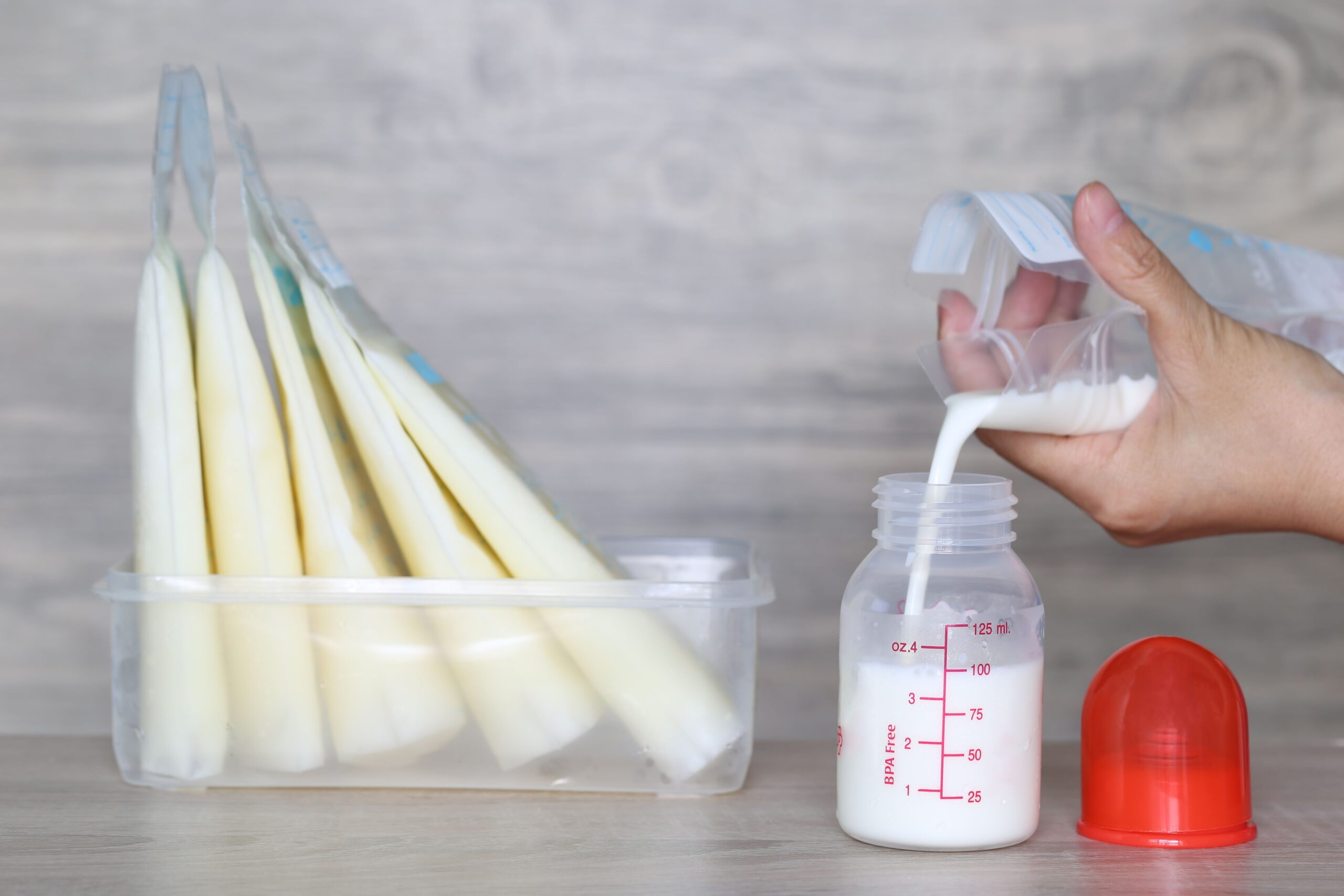Key Points
- Human immunodeficiency virus (HIV) can occasionally be spread via breastmilk, although antiretroviral drugs can drastically shrink the risk of transmission.
- It is currently unknown if antiretroviral drugs can linger in breastmilk.
- To answer this, researchers modified an ultrahigh-performance liquid chromatography–tandem mass spectrometry (UHPLC–MS/MS) method to detect certain protein levels in plasma.
To better detect drug residues in breastmilk, Radboud University Medical Center personnel (Nijmegen, The Netherlands) modified an ultrahigh-performance liquid chromatography–tandem mass spectrometry (UHPLC–MS/MS) method to detect certain proteins in milk. Their findings were published in the Journal of Chromatography B (1).
Human immunodeficiency virus (HIV) is a virus that attacks cells that help the body fight infection, making people more vulnerable to other infections and diseases (2). While typically transmitted through blood or sexual activity, HIV can also be spread via breastmilk. However, recent studies have shown that the risk of breastmilk transmission shrinks drastically when viral replication is suppressed with the continuous and effective use of antiretroviral drugs. This process, known as antiretroviral therapy (ART), makes the risk of transmission through breastfeeding less than 1% (3). Guidelines have adjusted as a result, but one remaining question is if exposure to antiretroviral drugs through breastmilk is an issue of concern. To answer this, accurate bioanalytical methods are required.
To develop such a method, there are challenges with breastmilk as a matrix. As an emulsion, breastmilk’s phases can be influenced by temperature and repeated freezing and thawing. It contains multiple lipids, proteins, and carbohydrates. The composition of breastmilk varies over time (colostrum vs mature milk), during each feeding (fore- and hindmilk), during the day and is also affected by maternal dietary intakes. These factors need to be considered when developing a method for quantifying drug concentrations in breastmilk.
In this study, the scientists modified an UHPLC–MS/MS method typically used for anti-HIV drugs in plasma. It was enabled for validation of dolutegravir, bictegravir, raltegravir, and doravirine concentrations in human breastmilk. [13C,2H5]-Dolutegravir, [13C,2H2,15N]-bictegravir, [2H6]-raltegravir and [13C6]-doravirine were used as internal standard. The sample preparation involved protein precipitation and detection was performed with tandem mass spectrometry (MS/MS) in a total runtime of 10 min.
The assay was validated over the concentration ranges of 0.0100–10.0 mg/L for dolutegravir and doravirine, 0.00500–10.0 mg/L for raltegravir and 0.0200–20.0 mg/L for bictegravir. Within-run and between-run accuracy were within ±10 % of the nominal concentration and precision <10 CV% for quality controls at high, medium and low concentrations, and ± 8.8 % and < 14 CV%, respectively, at the lower limit of quantification for all analytes. Extraction recovery was 81% and 79% for dolutegravir and its internal standard, 83% and 83% for bictegravir and its internal standard, 89% and 92% for raltegravir and its internal standard and 104% and 101% for doravirine and its internal standard. Processed samples of dolutegravir, bictegravir, raltegravir and doravirine in breastmilk were 108%, 95.5%, 105% and 102% after 14 days at 4 °C.
While the composition of breastmilk changes over time, dolutegravir, bictegravir, raltegravir and doravirine concentrations in human breastmilk could accurately and reproducibly validated using the UHPLC–MS/MS bioanalytical method in this study. For simultaneously quantification of plasma, the method could be used alongside a simple protein precipitation work-up with adapted preparation of calibration standards and quality control samples in breastmilk.
References
(1) Van der Wekken, P. L. C.; van Ewijk, B. K. E. W. J.; te Brake, L. H. M.; Burger, D. M. Quantification of Dolutegravir, Bictegravir, Raltegravir and Doravirine in Human Breastmilk with UPLC-MS/MS. J. Chromatogr. B 2025, 1264, 124739. DOI: 10.1016/j.jchromb.2025.124739
(2) What are HIV and AIDS? HIV.gov 2023. https://www.hiv.gov/hiv-basics/overview/about-hiv-and-aids/what-are-hiv-and-aids (accessed 2025-7-30)
(3) HIV and Breastfeeding. CDC 2025. https://www.cdc.gov/breastfeeding-special-circumstances/hcp/illnesses-conditions/hiv.html (accessed 2025-7-30)
